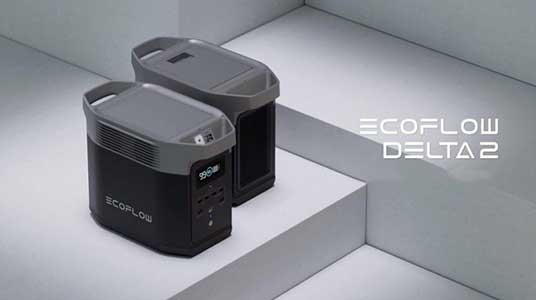The EcoFlow Delta 2 Portable Power Station, a game-changer in the world of portable power solutions, is a remarkable product offering advanced features, including a high capacity of 1800Wh, a peak power output of 2200W, and a range of different ports for various devices. One of the essential elements of this power station is its sophisticated cooling system, which includes a fan system designed to maintain an optimal operating temperature, ensuring the safety and longevity of the device.
Brief recap of the EcoFlow Delta 2 and its fan system
Fan systems are integral to many electronic devices, including portable power stations, to prevent overheating. However, the operation of these fans can generate noise, which may be a concern for some users, especially in quiet environments or during certain activities like camping, where excessive noise could disrupt the tranquility. Thus, the fan noise becomes a crucial factor to consider when choosing a portable power station.
Importance of noise comparison in choosing a portable power station
Comparing the fan noise of the EcoFlow Delta 2 with other portable power stations is an important exercise, as it helps users make an informed decision based on their specific needs and tolerances. This comparison not only provides clarity on the product’s performance but also helps to set the correct expectations. After all, understanding every aspect of the product—be it capacity, power output, or noise level—ensures that users can utilize the power station effectively and satisfactorily.
In the following sections, we will explore the fan noise level of the Delta 2 under various conditions, compare it with other similar products on the market, and provide valuable insights to guide potential users in their buying decisions.
Understanding Fan Noise in Portable Power Stations
Fans are an integral part of many electronic devices, including portable power stations. They serve a critical purpose – to dissipate heat generated during operation and maintain an optimal operating temperature within the device. Portable power stations convert stored DC power into AC power, a process that generates heat. Without a cooling system like a fan, this heat could build up and damage the internal components, leading to decreased efficiency, shorter lifespan, or even potential safety hazards.
Explanation of why fans are necessary in power stations
The fan in a portable power station operates by drawing in cooler air from the surroundings and circulating it through the device to dissipate the heat generated. The airflow created by the fan removes the heat away from the sensitive components, thus effectively cooling them.
Factors contributing to fan noise
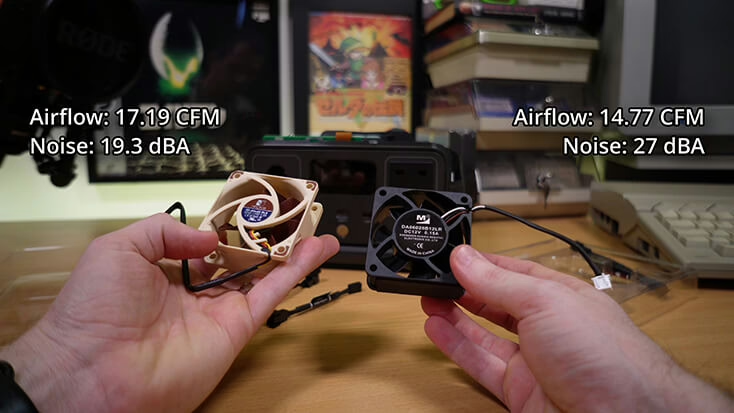
Fan Design: The design and structure of the fan can impact the noise level. Some power stations use advanced fan designs and materials to reduce noise and provide smoother airflow. Larger fans often operate at lower speeds, resulting in reduced noise levels.
Fan Size: Generally, larger fans generate less noise. This is because larger fans can provide the required airflow at lower speeds, resulting in lower noise levels. In contrast, smaller fans may need to operate at higher speeds to achieve the same airflow, leading to increased noise.
Cooling System: Portable power stations typically have internal cooling systems, including fans and heat sinks, to maintain stable temperatures. An optimized cooling system design can effectively reduce noise levels while providing efficient heat dissipation.
Speed Control: Some power stations offer adjustable fan speed control. By adjusting the fan speed, it is possible to balance cooling performance with noise levels. Lower speeds typically result in lower noise, but it is important to ensure adequate cooling capability.
Noise Isolation and Damping: Noise can also be controlled through isolation and damping measures. For example, incorporating sound insulation materials or using vibration-damping mechanisms between the fan and the power station can reduce noise transmission.
Comparing EcoFlow Delta 2’s Fan Noise with Other Brands
Comparison of fan noise levels
| Brand/Model | Low Load | High Load |
|---|---|---|
Bluetti B230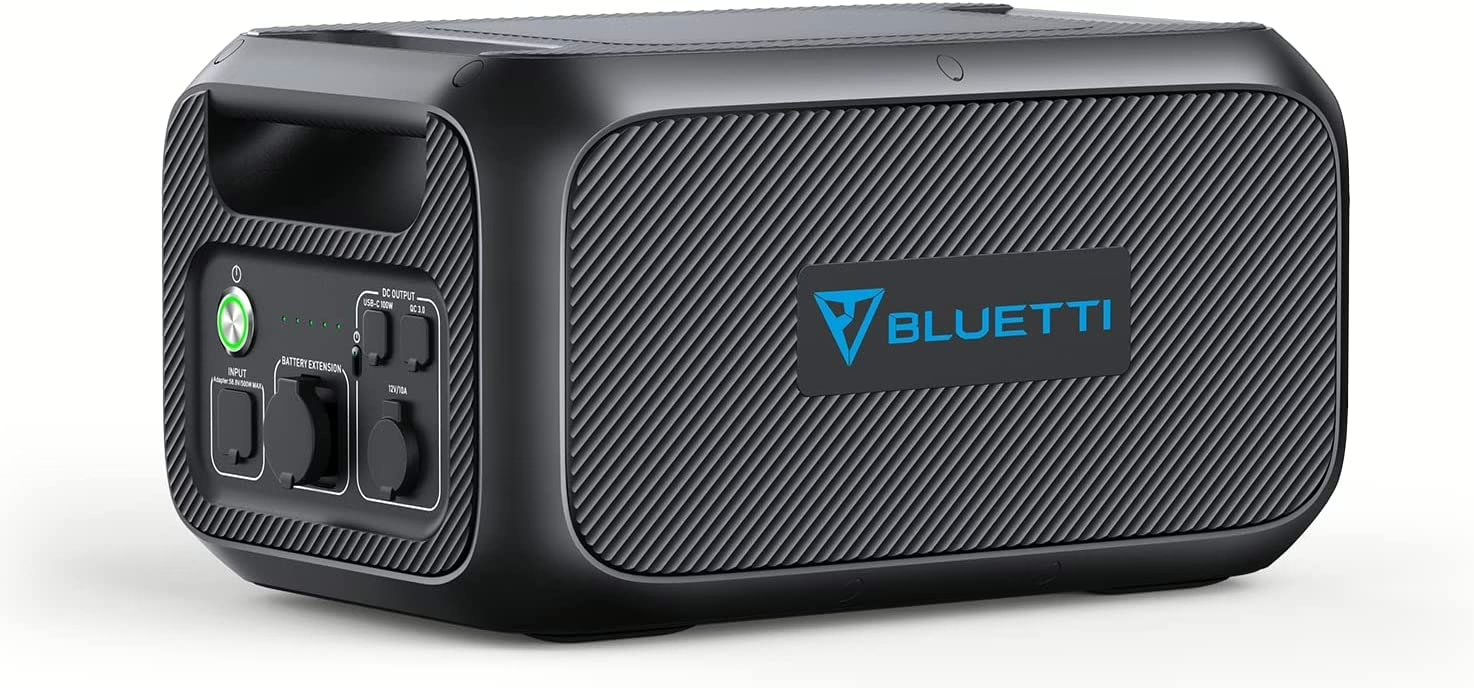 To AMAZON | Nearly silent | ~55dB |
EcoFlow Delta 2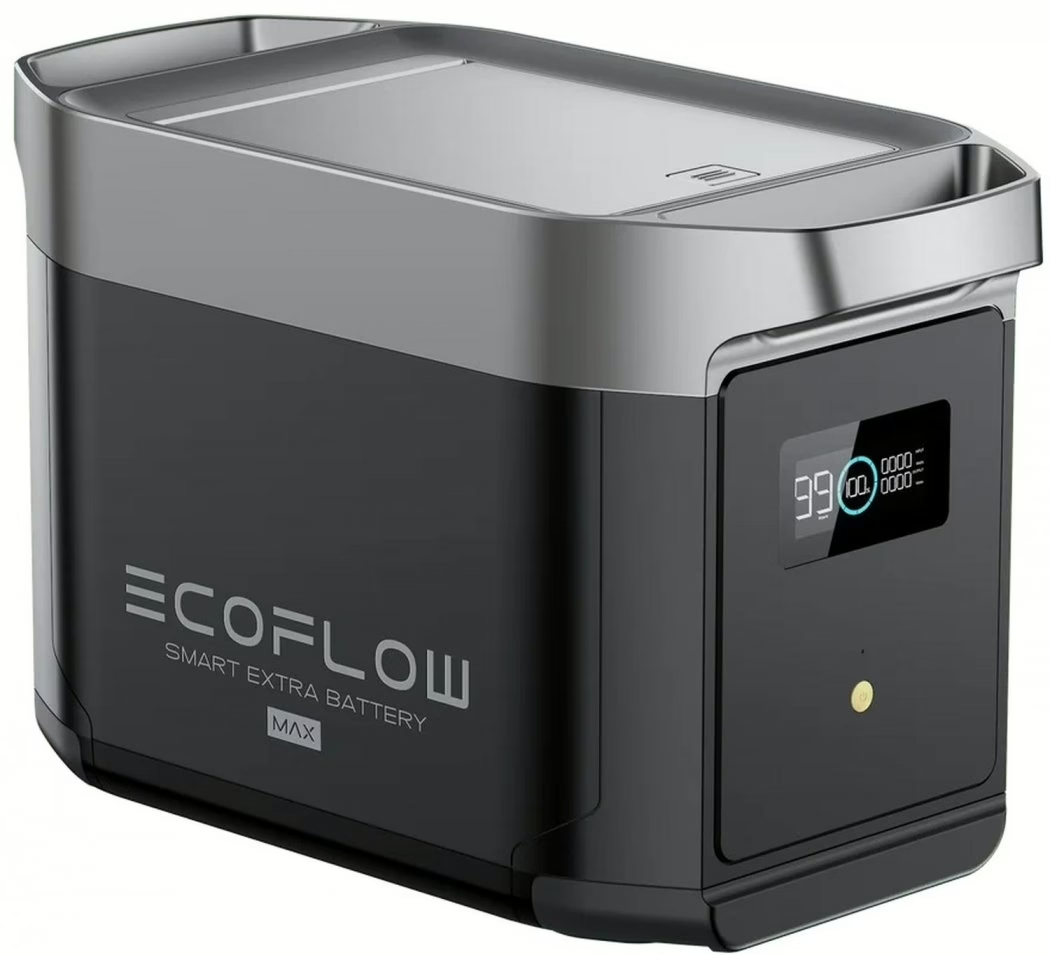 To AMAZON | Nearly silent | ~54dB |
Jackery Explorer 1500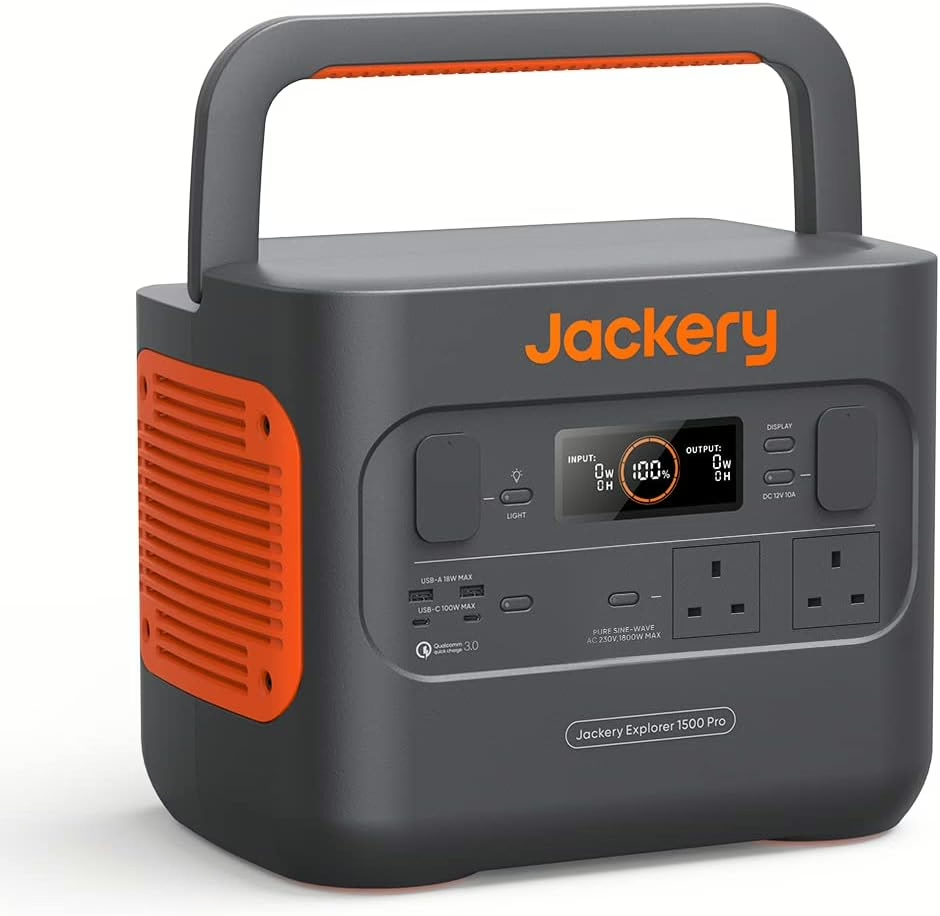 To AMAZON | Nearly silent | ~55dB |
Anker PowerHouse 555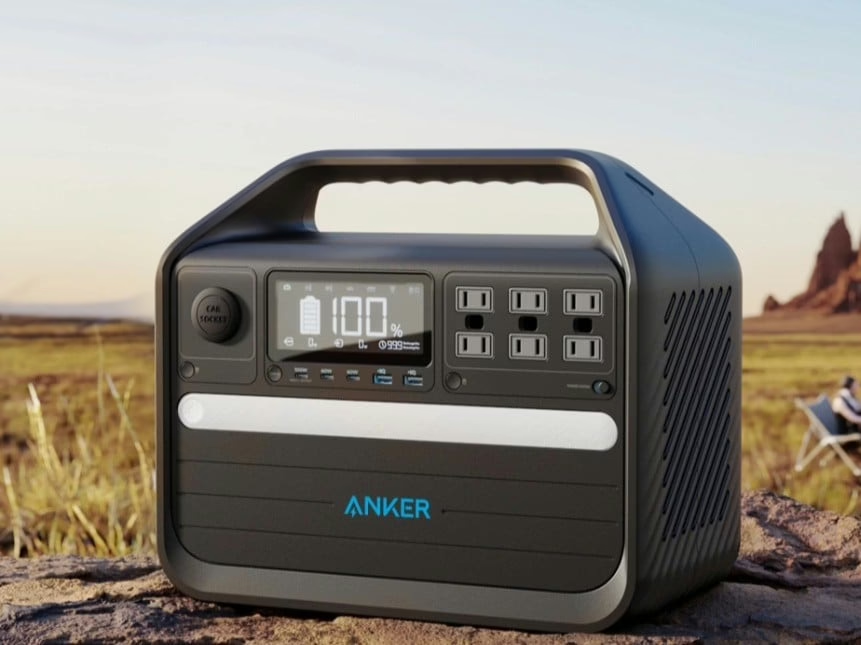 To AMAZON | Nearly silent | ~54dB |
Where does Delta 2 stand in comparison with the competition
Power Capacity: The Delta 2 has a high power capacity, providing up to 2000Wh of energy storage. This places it in the upper range of power capacity among portable power stations, allowing it to handle a wide range of devices and power needs.
Fast Charging: The Delta 2 supports fast charging capabilities, enabling quick recharging of the power station itself and efficient charging of connected devices. This feature sets it apart in terms of speed and convenience.
Advanced Technology: The Delta 2 incorporates advanced technology features such as X-Stream Fast Charge, which allows for rapid recharging times. It also offers a range of output options, including multiple AC outlets, USB ports, and DC outputs, providing versatility in charging various devices simultaneously.
Expandability: The Delta 2 offers expandability with the ability to connect additional battery modules to increase its power storage capacity. This flexibility allows users to customize and scale up their power supply as needed for longer trips or higher power demands.
Durability and Portability: The Delta 2 is designed with durability and portability in mind, featuring a rugged build and a compact form factor that is easy to transport. It is built to withstand outdoor use and demanding conditions, making it suitable for camping, RVing, or emergency power backup.
Brand Reputation: EcoFlow has established a strong reputation in the portable power industry, known for its high-quality products and excellent customer support. The brand has gained recognition and trust among consumers, contributing to the Delta 2’s position in the market.
Addressing Concerns and Debunking Myths about EcoFlow Delta 2’s Fan Noise
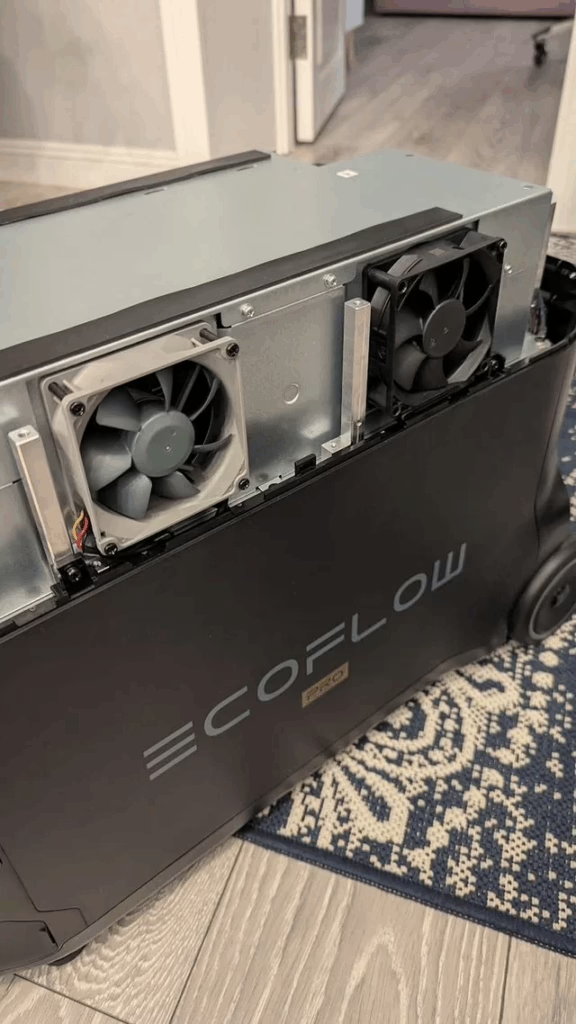
There have been some common misconceptions and concerns regarding the fan noise of the EcoFlow Delta 2 portable power station. Let’s address and debunk these myths:
Myth 1: “The EcoFlow Delta 2’s fan is too loud for everyday use.”
Reality: The EcoFlow Delta 2 is designed with a focus on reducing fan noise during regular operation. It is engineered with advanced cooling technology and optimized fan speed control to provide efficient cooling while maintaining low noise levels. Users often describe the fan noise as minimal or nearly silent during typical usage scenarios.
Myth 2: “The EcoFlow Delta 2’s fan becomes excessively loud under high load conditions.”
Reality: While the fan speed may increase under high load conditions to ensure proper cooling, the EcoFlow Delta 2 is engineered to maintain a reasonable noise level even at higher loads. The fan noise is designed to be within acceptable limits and should not be overly intrusive or disruptive during intensive power usage.
Myth 3: “The EcoFlow Delta 2’s fan noise interferes with peaceful outdoor activities.”
Reality: The EcoFlow Delta 2 is designed with the intention of being used in outdoor settings, including camping, RV trips, and other recreational activities. The fan noise is engineered to be unobtrusive, allowing users to enjoy their outdoor experiences without significant disturbance.
It’s important to note that individual perceptions of noise levels can vary, and some users may have different experiences or preferences. However, the EcoFlow Delta 2 is specifically designed to provide efficient cooling with minimal fan noise during everyday use and high-load situations.
Practical Tips for Managing Fan Noise
Certainly! Here are some practical tips for managing and reducing fan noise, as well as maintaining the efficiency of the fan:
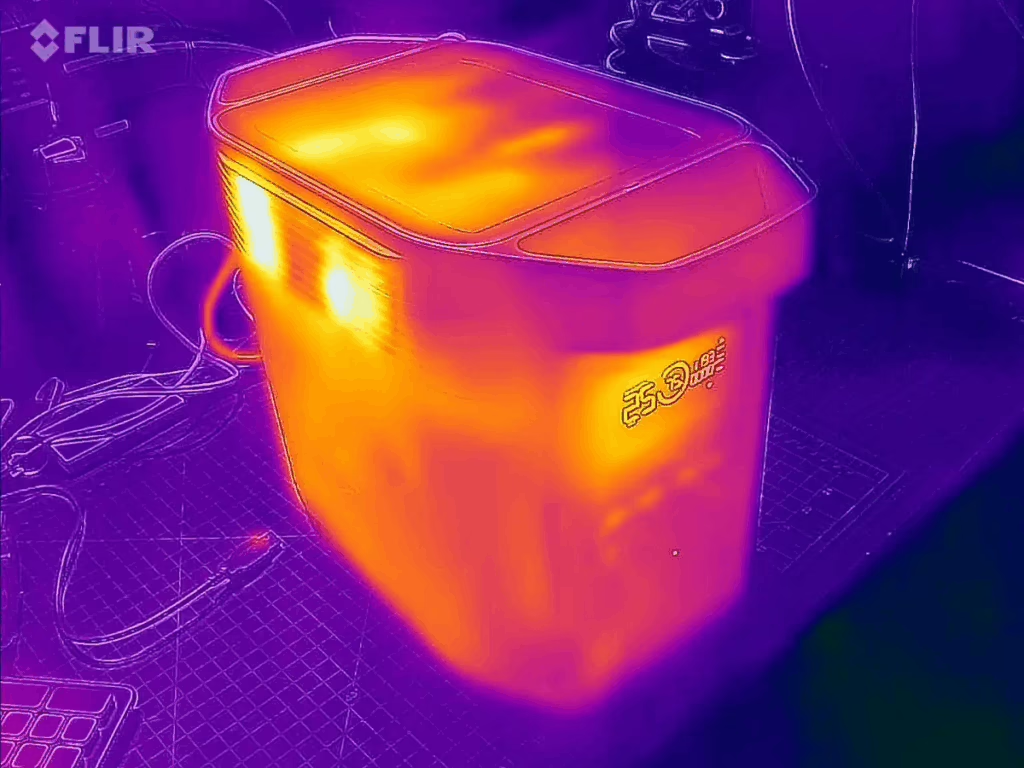
Suggestions for reducing and managing noise during operation:
Optimal Placement: Place the portable power station on a stable and flat surface to minimize vibrations and noise. Avoid placing it on uneven or resonant surfaces that can amplify vibrations.
Distance and Obstruction: Provide sufficient space around the power station for proper airflow. Avoid obstructing the vents or placing objects that may impede the fan’s operation. This allows for better ventilation and can help reduce fan noise.
Noise Absorption: Consider using noise-absorbing materials such as foam pads or rubber feet between the power station and any surfaces it comes into contact with. These materials can help dampen vibrations and reduce noise transmission.
Enclosure or Barrier: If desired, you can place the power station in an enclosure or use a noise barrier to further reduce noise levels. This can be particularly useful in situations where noise reduction is critical, such as in quiet indoor environments.
Proper maintenance and care to prolong fan efficiency:
Regular Cleaning: Dust and debris can accumulate on the fan blades and affect its efficiency, leading to increased noise. Regularly clean the fan blades and surrounding areas using compressed air or a soft brush to remove any build-up.
Ventilation: Ensure that the ventilation openings or vents on the power station are not blocked or clogged. Proper airflow prevents overheating and helps maintain the fan’s optimal performance.
Firmware Updates: Check for firmware updates from the manufacturer and install them if available. These updates may include performance optimizations that can help reduce fan noise or improve overall efficiency.
Avoid Overloading: Avoid overloading the power station beyond its recommended capacity. Operating within the specified limits helps maintain the fan’s efficiency and reduces the likelihood of excessive noise.
Conclusion
The EcoFlow Delta 2 offers a compelling balance of power, versatility, and quiet performance. Its fan noise is competitive, with nearly silent operation at low loads and manageable levels (~54dB) under high loads. By implementing simple noise management and maintenance tips, users can optimize their experience. Whether for camping, RVing, or emergency power, the Delta 2 stands out as a reliable, low-noise portable power solution.
Stay Connected
Follow us at Latest Portable Power for the latest trends, tips, and insights on maximizing your portable power station for camping, emergencies, or remote work.
